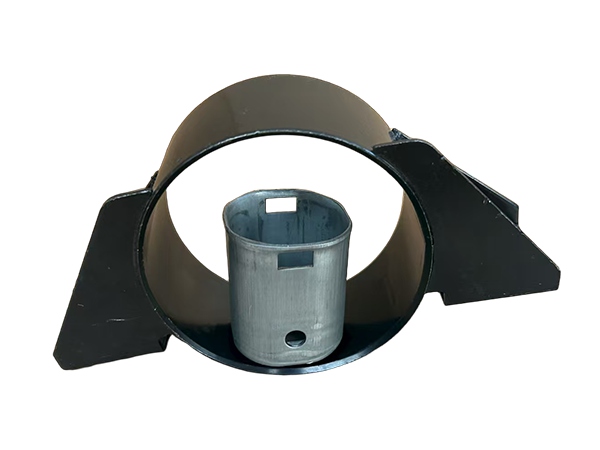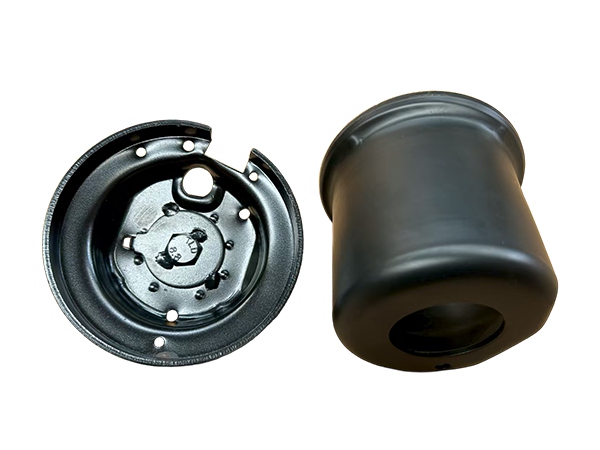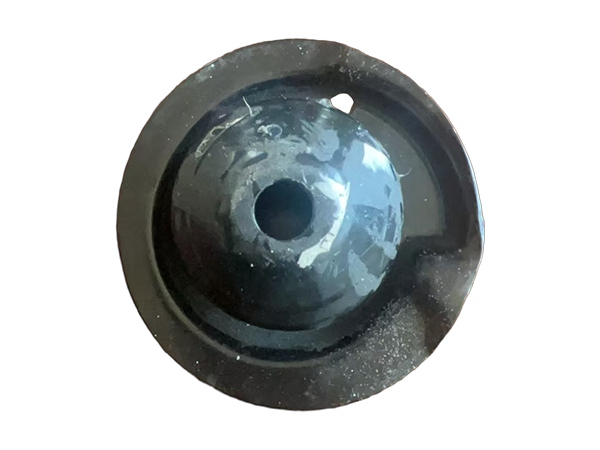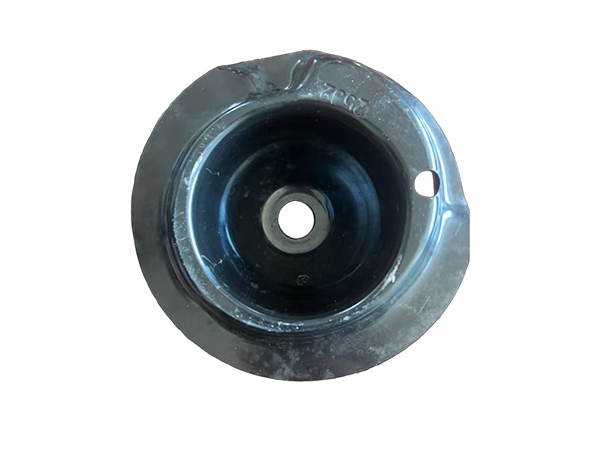Maintenance Secrets for Automotive Hardware Fittings
Publish Time:2025-08-12 18:07:18 Author:Hengyuntai Views:108
Maintenance Secrets for Automotive Hardware Fittings
While often overlooked, the proper care of automotive hardware fittings—the bolts, brackets, clips, and hinges throughout your vehicle—is crucial for long-term safety, reliability, and preventing costly repairs. Here are the key maintenance secrets:
1. Regular Visual Inspection: The First Line of Defense
Secret: Make it a habit to visually inspect visible hardware during routine checks under the hood, inside the door jambs, and underneath the vehicle (if safe to do so).
Look For: Signs of severe rust, corrosion, loose components, or physical damage. Pay special attention to fittings in the engine bay, suspension, and braking systems.
2. The Power of Cleaning and Degreasing
Secret: Prevent the buildup of dirt, road salt, and grime, which accelerates corrosion and can hide developing problems.
Method: Use a degreaser and a soft brush to clean fittings in the engine bay and undercarriage. For less grimy areas, a simple soap and water solution works well. Always rinse thoroughly and avoid high-pressure water directly on electrical connectors or sensitive components.
3. Corrosion Prevention is Paramount
Secret: The battle against rust is your most important task. Once corrosion sets in, it weakens metal and makes removal nearly impossible.
Method:
After cleaning, apply a protective spray (like a silicone-based protectant or a dedicated corrosion inhibitor) on metal fittings, especially those exposed to the elements.
For areas prone to road salt, consider more robust solutions like fluid film or undercoating for long-term protection.
4. Proper Lubrication of Moving Parts
Secret: Not all hardware is static. Moving fittings like door hinges, latches, hood releases, and seat rails require periodic lubrication to operate smoothly and prevent wear.
Method: Use a appropriate lubricant:
White Lithium Grease: Excellent for door hinges and latches.
Silicone Spray: Good for rubber seals and plastic components around hardware.
Dry Graphite Lubricant: Ideal for locks where wet lubricants might attract dirt.
Avoid using WD-40 as a lubricant; it is primarily a water displacer and penetrant, not a long-term lubricant.
5. The Art of Safe and Proper Tightening
Secret: Overtightening is just as bad as under-tightening. It can strip threads, stretch bolts, and cause catastrophic failure.
Method: Use a torque wrench for critical components like lug nuts, brake caliper bolts, and engine mount brackets. Always follow the vehicle manufacturer's specified torque settings.
6. Addressing Problems Immediately
Secret: Never ignore a loose bolt, a strange rattle, or signs of rust. What is a simple fix today can become a major, dangerous failure tomorrow.
Method: Tighten loose fittings immediately. For rusted bolts, apply a penetrating oil (like PB Blaster or Liquid Wrench) and allow it to soak in before attempting removal to avoid shearing the bolt.
Related News
-
Common Issues and Safety Hazards of Insulation Layer Damage in Battery Press Plates
Common Issues and Safety Hazards of Insulation Layer Damage in Battery Press Plates Battery press plates, a critical comp...
-
In-Depth Analysis of Loosening Issues in Automotive Hardware Fittings
Loosening of automotive hardware fittings (e.g., bolts, nuts, brackets, clips) is a critical concern that compromises veh...
-
Quality Control and Inspection Methods for Automotive Hardware Fittings
Automotive hardware fittings (e.g., bolts, brackets, clips, hinges) are critical for vehicle safety, performance, and lon...
-
Automotive Metal Stamping Parts: Process, Applications, and Advantages
Automotive metal stampingis a high-precision, high-volume manufacturing process that uses presses and dedicated tooling (...
-
Maintenance Secrets for Automotive Hardware Fittings
Maintenance Secrets for Automotive Hardware Fittings While often overlooked, the proper care of automotive hardware fitti...








